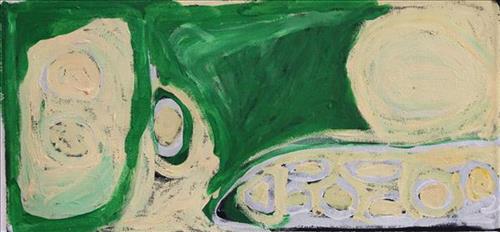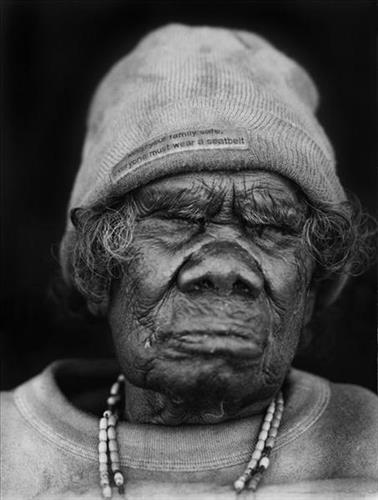11151032352
Minyipuru (Jakulyukulyu, Seven Sisters)
“Kunawarritji, Nyipil, Kinyu, and Parnkarpini, the Minyipuru were travelling through all of my Country”.
– Nora Nungabar
Minyipuru, or Jakulyukulyu (Seven Sisters) is a central Jukurrpa (Dreaming) narrative for Martu, Ngaanyatjarra, Pitjantjatjara and Yankunytjatjara people that is associated with the seasonal Pleiades star constellation. Relayed in song, dance, stories and paintings, Minyipuru serves as a creation narrative, a source of information relating to the physical properties of the land, and an embodiment of Aboriginal cultural laws. When Martumili Artists was established in 2005, this was the first Jukurrpa story the artists agreed to paint for a broader public.
Beginning in Roebourne on the west coast of Western Australia, the story morphs in its movement eastward across the land, following a group of women as they walk, dance, and even fly from waterhole to waterhole. As they travel the women camp, sing, wash, dance and gather food, leaving markers in the landscape and creating landforms that remain to this day, such as groupings of rocks and trees, grinding stones and seeds. During the entirety of their journey the women are pursued by a lustful old man, Yurla, although interactions with other animals, groups of men, and spirit beings are also chronicled.
Nungabar here makes reference in particular to the travels of the Minyipuru through sites located within her ngurra (home Country, camp), including Pangkapirni, between Canning Stock Route Wells 35 and 36. At Pangkapirni Yurla, who had been following the women through their travels, finally caught up with them. The women watched him sleep and when he woke up he grabbed one of them and forcibly slept with her. The other women tried to help their sister escape, but they couldn’t free her. They promised that they would stay with Yurla and made him collect wood for them. They teased him, saying “Come and get us!”, and he began to sing a man’s song and ran away happy; his heart was beating fast. However, the Minyipuru were tricking Yurla and instead hid from him, floating in the air in a long line while he ran around trying to find their tracks. Finally they made a kumpu (urinated) on his face, until he couldn’t see anything at all, but he could hear the Minyipuru giggling and laughing above him. He fetched a jannga (ladder) and tried to reach them, but they just floated higher and then pushed the ladder over when he got too close. He eventually tired and fell down, crawling on his stomach. He crawled a long way and then slept, and while he was asleep, the Minyipuru all flew away. From Pangkapirni the Minyipuru continued to flee far to the east and beyond Martu Country, stopping at various sites through central and South Australia, with Yurla pursuing them throughout their journey.




